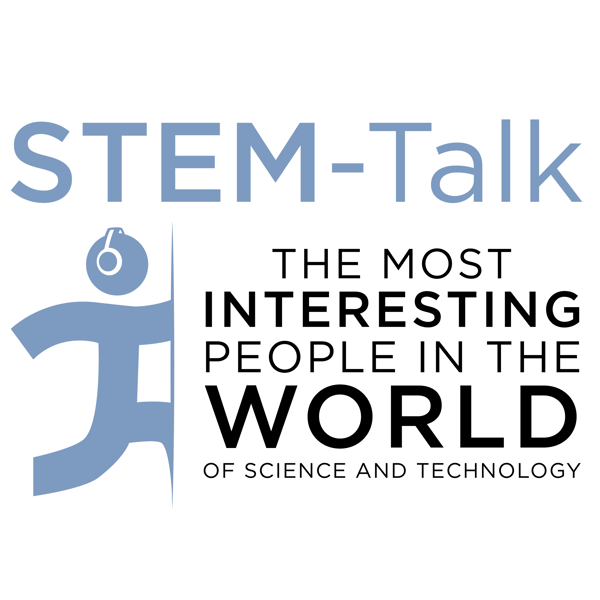Episode 80: Butler Hine talks about paving the way for robotic space exploration
STEM-Talk
Dawn Kernagis and Ken Ford
4.6 • 694 Ratings
🗓️ 1 January 2019
⏱️ 57 minutes
🧾️ Download transcript
Summary
Transcript
Click on a timestamp to play from that location
| 0:00.0 | Welcome to STEM Talk. |
| 0:01.0 | Stem Talk. |
| 0:02.0 | Stem Talk. |
| 0:03.0 | Stem Talk. |
| 0:04.0 | Stem Talk, where we introduce you to fascinating people who passionately inhabit the scientific |
| 0:11.0 | and technical frontiers of our society. |
| 0:14.0 | Hi, I'm your host, Don Cornagus, and joining me to introduce today's podcast as a man behind the |
| 0:19.0 | curtain, Dr. Ken Ford, IHMC's director and chairman |
| 0:22.2 | of the double secret selection committee that selects all the guests who appear on STEM Talk. |
| 0:25.9 | Hi, Don, great to be here today. Our guest is Dr. Butler Hein, who is a flight project |
| 0:31.6 | manager and chief technologist for engineering at the NASA Ames Research Center in Mountain View, |
| 0:37.1 | California. Butler is also a |
| 0:39.0 | senior research scientist and a colleague of ours here at IHMC. Currently, Butler is the project |
| 0:44.5 | manager for NASA Arcus Mission, which is an X-ray observatory that could possibly launch in |
| 0:51.0 | 2023. Before we get to today's interview with Butler, we have some housekeeping to take care of. |
| 0:56.0 | First, we really appreciate all of you who have subscribed to STEM Talk, |
| 1:00.0 | and we are especially appreciative of all the wonderful five-star reviews that have been piling up. |
| 1:03.0 | As we announced in several earlier episodes, the Double Secret Selection Committee |
| 1:07.0 | has been continually and carefully reviewing iTunes, Google, Stitcher, |
| 1:11.2 | and other podcast apps for the wittiest and most lavishly praised-filled reviews to read on STEM Talk. |
| 1:15.8 | As always, if you hear your review read on STEM Talk, just contact us at STEMtalk. |
| 1:20.2 | at IHMC.us to claim your official STEM Talk t-shirt. |
... |
Please login to see the full transcript.
Disclaimer: The podcast and artwork embedded on this page are from Dawn Kernagis and Ken Ford, and are the property of its owner and not affiliated with or endorsed by Tapesearch.
Generated transcripts are the property of Dawn Kernagis and Ken Ford and are distributed freely under the Fair Use doctrine. Transcripts generated by Tapesearch are not guaranteed to be accurate.
Copyright © Tapesearch 2025.

